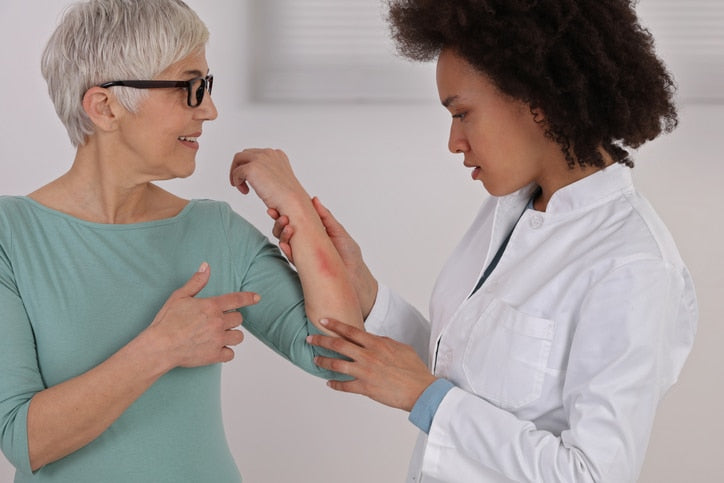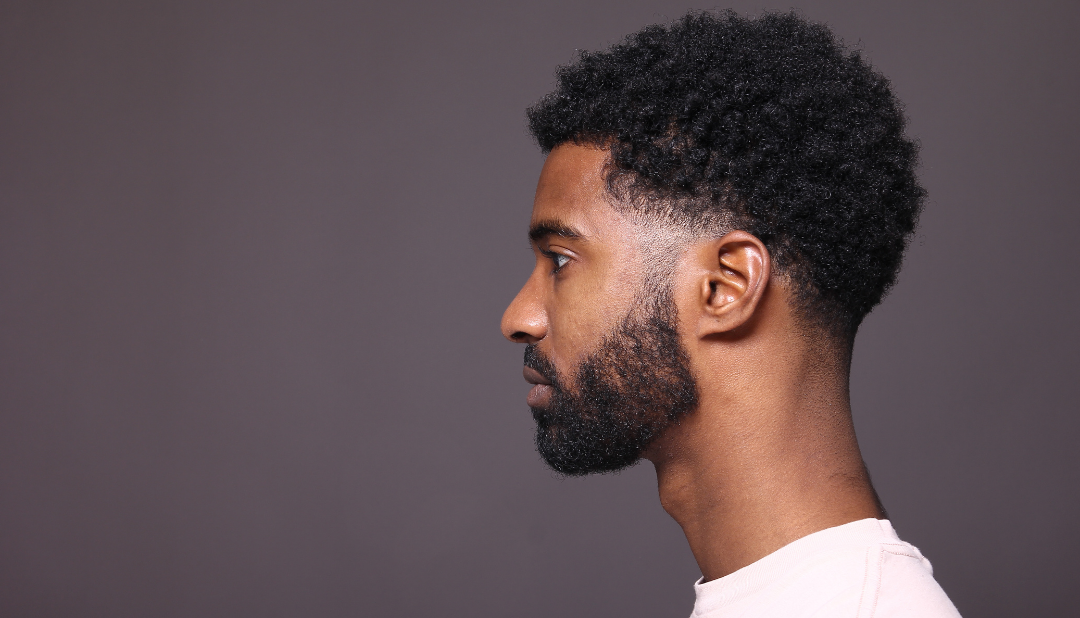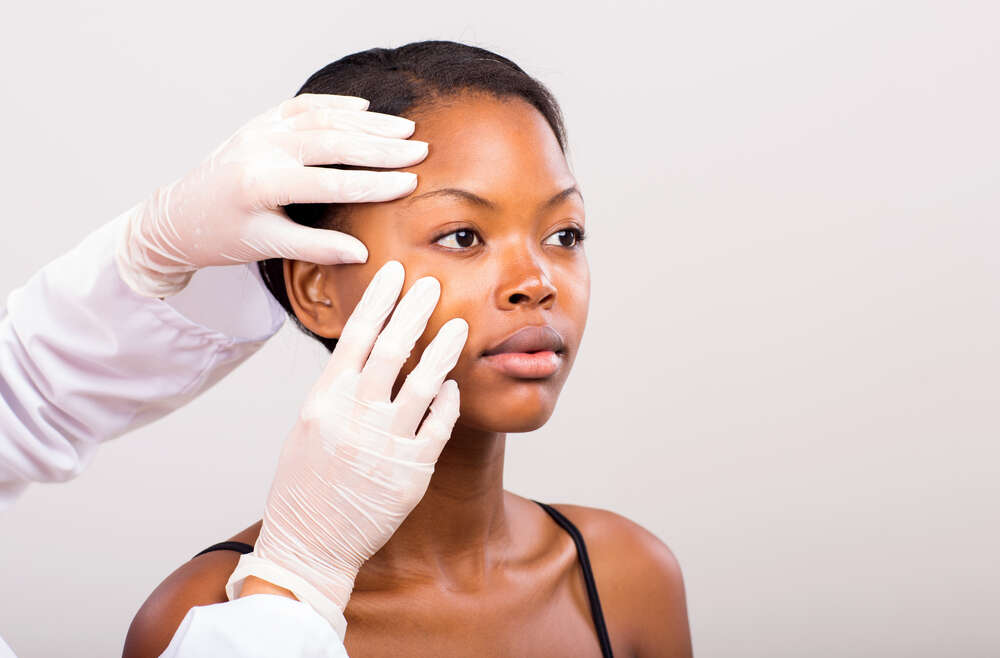Medically Reviewed by Dr. Lisa Hartford, MD
Anti-aging creams or Anti-aging devices to rid your face of wrinkles?
Skin care tends to be the default go-to solution for most people when it comes to addressing wrinkles and other undesirable skin issues that primarily are a result of natural aging. The range of available skin care options includes everything from advanced over the counter anti-aging complexes with patented technologies and wrinkle creams, each touted as the best cream for aging skin to more harder to access prescription topically applied skin care products such as Tretinoin cream.
When considering what causes the skin to look more sagged, duller and loose with age, and to answer the question as to why there sometimes exists a huge difference between the appearance of two people’s skin, who might be of the same age, but have vastly differing levels of skin laxity and elasticity, one ought to appreciate that there are a great number of factors that play an important role in the appearance of skin of older individuals looking less-than-ideal. Genetics being one of them, this article focuses on providing solutions that one can control, and other controllable remedies to lessen (or ideally reverse) the effects of aging on skin.
What follows is a list of five technology-based solutions and five skin-care based solutions, each list being non-exhaustive and comprising some of the most effective ways of addressing volume loss and loss in elasticity that results from skin damage or age.
Technology-based anti-aging solutions
- Radiofrequency Treatment (RF): RF has increasingly become the single most powerful technological methodology of tightening skin used by dermatologists. RF therapy involves the focused and targeted heating of the collagen-containing dermis layer of the skin using radiofrequency waves that penetrate deeper into the skin. This causes heat-induced damage to the dermis, thus stimulating it, and causing skin firming and tightening over time. Most RF therapies are in-clinic such as Morpheus8, however, at-home solutions are now increasingly available such as the Evenskyn Lumo at-home anti-aging skin tightening device.
- Ultrasound Therapy: Much like RF therapy, ultrasound-based skin firming and tightening is achieved by focusing ultrasound energy to the deep layers of the skin, while bypassing the topical or surface layers. Also similar to the effect induced by RF therapy, ultrasound waves also trigger the skin’s healing process, resulting in the production of new collagen, which subsequently causes the skin to appear fuller and less droopy.
- Microcurrent Firming: Microcurrent therapy, while not as strong as ultrasound or RF therapy, is nevertheless a mid-tier modality that can be used to tone and firm face & neck muscle tissue. While it has been shown to aid in increased ATP production, it is often best used as an ancillary technology where RF and Ultrasound can be used in tandem, or standalone where minor lifting or maintenance of tightened skin is the goal. It primarily leverages the body’s nervous system to stimulate and relax aging muscle fibers, thus strengthening them in the process.
- LED Light Therapy: Light therapy is a modality often used to treat a number of concerns, however, it is specifically light produced in the red light part of the visible light spectrum that is most effective at stimulating ATP production in mitochondria of the cell, thus leading to increased / optimal collagen production (RLT: Red Light Therapy). Studies have shown an increase in collagen density and a reduction in improvements in skin tone, texture and overall appearance with prolonged use of RLT. It must be noted that while RLT is also effective at producing collagen, it is not nearly as powerful as RF or Ultrasound-based treatments such as Ultherapy.
- Massaging
Skin Care-based anti-aging solutions
- Retinol: Sometimes referred to as Retin-A, retinol is part of the family of chemicals known as Retinoids that have been in use since the early 1970s which are all based on topical Vitamin A. They have been well researched over the years and found to increase the production of collagen, and stimulate the production of new blood vessels in the skin. Research also shows that they help with skin pigmentation issues, and increases skin cell production. Retinol also exfoliates your skin, giving your skin a fresher, plump appearance. However, it must be noted that retinoids can cause skin dryness and can take anywhere from six months to a year to start showing visible results.
- Hyaluronic Acid: Hyaluronic acid helps increase the plumping effect on skin. It helps the skin stretch and flex, causing a reduction in the appearance of skin wrinkles and lines. Hyaluronic acid is also known to support faster wound healing, relieve joint pain due to its lubricating effect, among other benefits. For anti-aging specifically it must be noted that Hyaluronic acid works by helping the skin attract and retain moisture.
- Antioxidants: A number of antioxidants, being naturally occurring substances, exist that can help with countering the negative effects of aging vis-a-vis the appearance of skin. Most molecules often studied under the ‘antioxidant’ category are protective in nature and protect skin from reactive oxygen species (ROS), which cause wrinkles and abnormal pigmentation. Research has shown that antioxidants have proven effective at preventing photo-induced aging. Such prevention not only avoids premature aging by helping maintain the skin’s natural elasticity and collagen levels, it also helps avoid medical problems such as skin cancer. Helpful antioxidants that have been shown to be beneficial for anti-aging skin care include Vitamin A, Selenium, Vitamin B3, Resveratrol, Coenzyme Q10, Green Extract, among others.
- Vitamin C: A number of clinical studies have demonstrated that vitamin C can help resolve fine lines and improve wrinkly skin. One study showed that daily use of a vitamin C consecutively for 90 days helped enhance the appearance of fine lines and deep-seated wrinkles of the face and neck. Similarly, other studies have shown the ability of Vitamin C treatment being able to act as a first defense against free radicals, being the major water-soluble antioxidant. Beyond helping with limiting premature aging, other studies have also indicated that to a certain degree Vitamin C can help increase collagen synthesis.
- Vitamin E: Well known for its soothing effects, and for the protection it affords an individual against UV radiation from the sun, Vitamin E has immense moisturizing benefits that can help with reducing the prominent appearance of wrinkles and fine lines. And while it cannot make your wrinkles go away, it certainly helps slow down the worsening of skin due to age and environmental factors. Many users prefer Vitamin E as an overnight treatment, whereby an over the counter 0.5% to 1% Vitamin E anti-aging cream might be applied to realize maximal benefits.









1 comment
Anna
Do you have a list of companies that make the best creams for your products?
Leave a comment
All comments are moderated before being published.
This site is protected by hCaptcha and the hCaptcha Privacy Policy and Terms of Service apply.